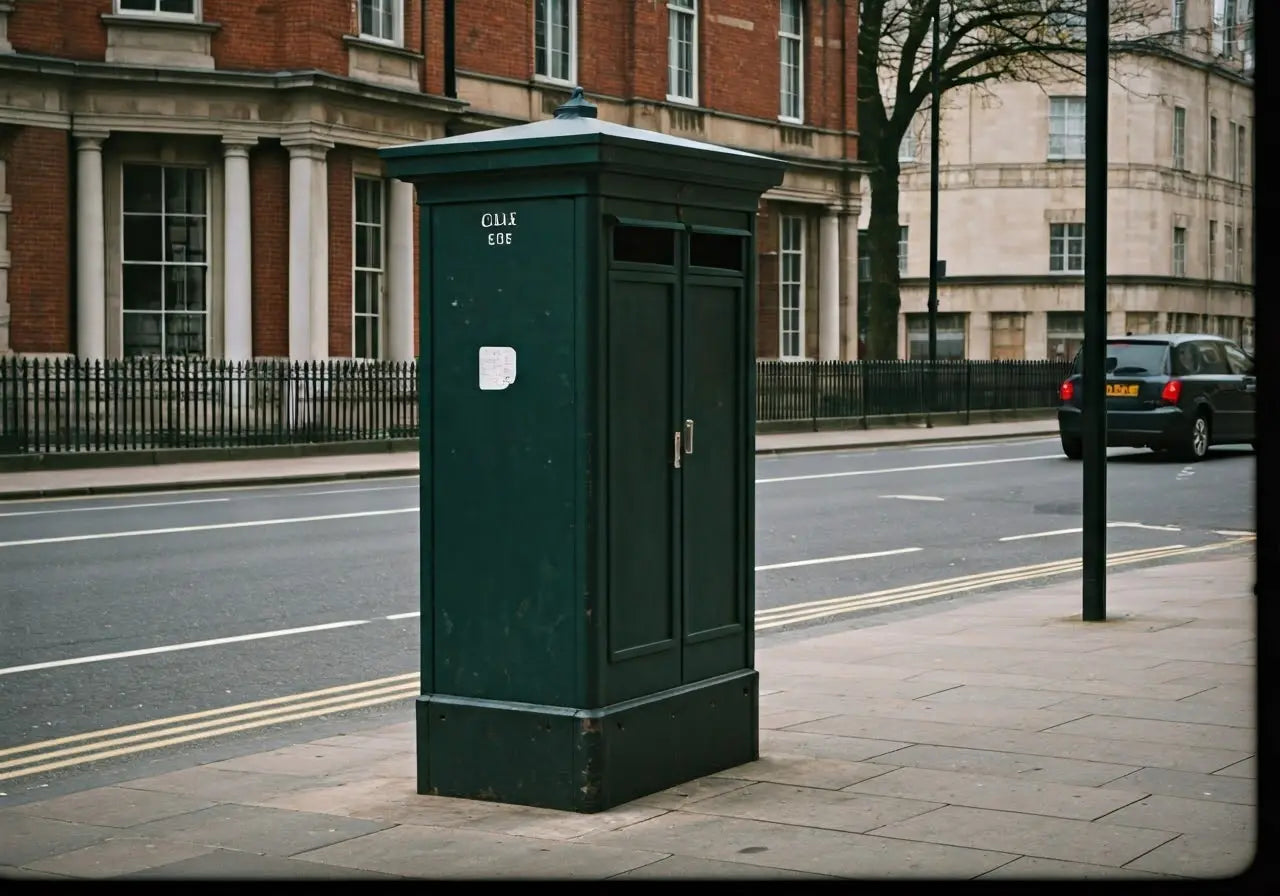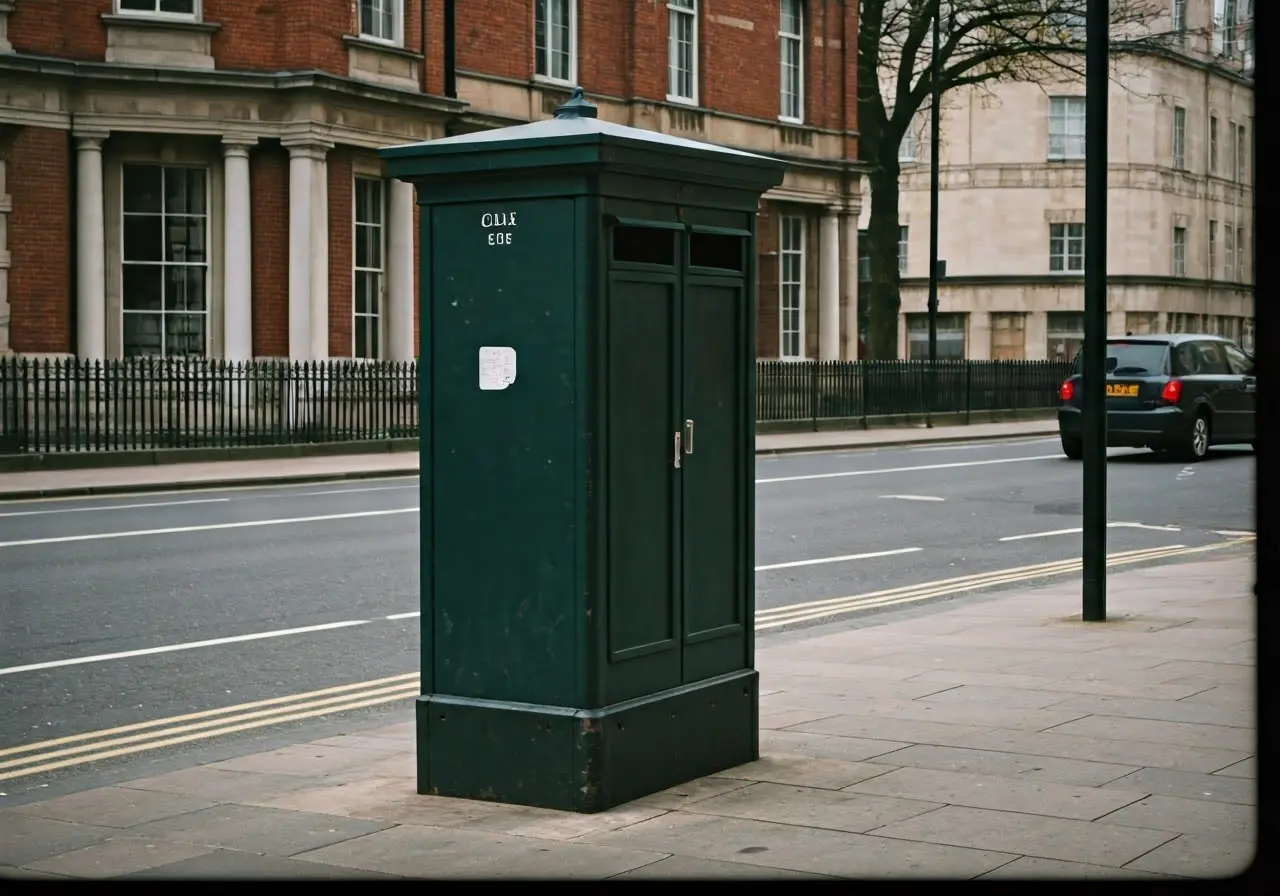In an age where technology is rapidly advancing, the means through which we communicate during emergencies are also evolving. Call boxes, once a simple fixture on roads and campuses, are now becoming sophisticated devices equipped with modern technologies. This blog will delve into the future of emergency communication by exploring these modern call boxes, their features, and their potential impact on public safety.
The Evolution of Call Boxes
Call boxes have been a staple in emergency communication for decades. Originally designed as a simple way to contact emergency services, these devices have undergone significant changes. Let’s take a look at how call boxes have evolved over the years and the factors driving these changes.
In their earliest form, call boxes were straightforward and functional. A typical call box simply featured a button to press and a direct line to emergency services. However, as technology advanced, so did the potential for these devices. The integration of two-way communication radios in the 1970s marked one of the first major leaps, enabling two-way dialogues between the distressed individual and emergency responders. Innovations in materials and design also started to make these devices more robust and weather-resistant.
Driving these changes was the demand for improved public safety and quicker emergency responses. As urban areas expanded and educational institutions grew, the need for reliable public safety measures became paramount. Call boxes were increasingly seen as a crucial link in this chain of safety, providing assistance in places where mobile phone signals might be weak or where individuals might not have access to a phone.
Research and development efforts by companies like Motorola have contributed to the next significant shift in call box technology. The introduction of wireless communication capabilities has been transformative. For instance, devices like the https://twowayradiogear.com/products/cb200-u were developed to offer wireless and instant communication with two-way radios. These changes meant that help could be summoned more efficiently and quickly, saving valuable time during emergencies.
Features of Modern Call Boxes
Today’s call boxes are equipped with a variety of advanced features that make them more effective in emergency situations. From GPS tracking to real-time video communication, modern call boxes offer a suite of technologies aimed at improving safety and response times. In this section, we’ll explore some of the key features that set modern call boxes apart.
One of the standout features of modern call boxes is GPS tracking. This capability ensures that emergency responders can pinpoint the exact location of the caller, even if the individual is unable to provide this information. The precision offered by GPS technology can significantly reduce the time it takes for help to arrive, potentially saving lives in cases where minutes matter.
Another critical advancement is the incorporation of real-time video communication. Some call boxes are now equipped with cameras that can relay live footage to emergency operators. This visual information can be invaluable, helping responders assess the situation more accurately and deploy the appropriate resources. Additionally, video capabilities can act as a deterrent to criminal activities, enhancing the overall security of the area.
Durability and environmental resistance are also crucial features. Modern call boxes like the https://twowayradiogear.com/products/alerttech-ea200hdptt-easy-assist-hd-ptt-call-box are built to withstand harsh conditions. Tested in extreme temperatures and designed to endure physical impacts, these devices are reliable even in the toughest environments. This ensures they remain operational when they are needed the most.
Integration with Smart Cities
As cities become smarter, the integration of modern call boxes into urban infrastructure is becoming increasingly important. These devices can seamlessly connect with other smart city technologies, creating a more cohesive and responsive safety network. This section will discuss how call boxes fit into the broader framework of smart city initiatives.
Smart cities leverage interconnected devices to manage resources more efficiently and enhance the quality of urban life. Modern call boxes are a perfect fit for this ecosystem. They can interact with public surveillance systems, traffic management systems, and other IoT (Internet of Things) devices. For instance, the activation of a call box can trigger nearby cameras to focus on the location, providing additional visual context to emergency responders.
The analytics capabilities of smart city technologies allow for better data management and predictive analytics in emergency response. By integrating call boxes with city management platforms, data collected from these devices can help identify patterns in emergency incidents. This information can inform urban planning and resource allocation, contributing to the overall safety and efficiency of the city.
Incorporating call boxes into the smart city framework also opens up opportunities for enhancing their functionality. For example, modern call boxes can now send automated alerts to relevant authorities and even communicate with other safety devices in the vicinity, providing a more comprehensive response to emergencies. This interconnected approach not only improves the immediacy and efficiency of emergency responses but also helps in maintaining better urban safety standards.
Impact on Public Safety
The enhanced capabilities of modern call boxes have a direct impact on public safety. By providing more reliable and efficient communication, these devices can help reduce response times and improve outcomes in emergency situations. Here, we’ll examine the potential benefits and real-world impact of deploying advanced call boxes in various settings.
One significant advantage is the reduction in response times. When an emergency occurs, every second counts. Modern call boxes, with their advanced communication features, ensure that distress signals are immediately received and acted upon. The incorporation of features like GPS tracking and real-time video communication means that responders can quickly assess and address the situation with the appropriate measures.
These devices are also particularly valuable in settings where large numbers of people gather, such as university campuses, stadiums, and public transportation hubs. In such environments, the likelihood of an emergency situation is higher, and the need for rapid communication is crucial. For example, modern call boxes can be strategically placed throughout a campus, ensuring that students and staff have immediate access to emergency communication tools.
Furthermore, the mere presence of call boxes can deter potential criminal activities. Knowing that there are devices capable of summoning help and capturing video evidence can act as a deterrent to crime, enhancing the overall safety of public spaces. This preventive aspect can contribute significantly to a community’s sense of security.
Challenges and Considerations
While the advancements in call box technology are promising, there are also challenges to consider. From ensuring accessibility and reliability to addressing privacy concerns, there are several factors that must be taken into account when implementing modern call boxes. This section will explore some of the challenges and considerations that come with this evolving technology.
One of the primary challenges is ensuring that call boxes are accessible to everyone. This includes considering the needs of people with disabilities. Modern call boxes need to have features such as tactile buttons, audio instructions, and interfaces that are easy to use for visually impaired individuals. Accessibility is not just a convenience but a necessity to make these devices genuinely effective in emergency situations.
Reliability is another crucial consideration. Emergency communication devices must function flawlessly when needed. This means they need to be regularly maintained and tested to ensure they are operational at all times. Installing call boxes in various environmental settings, from urban areas to remote locations, also poses a challenge, as each setting has its specific requirements for durability and connectivity.
Privacy concerns are increasingly relevant with the advent of advanced features like real-time video communication. While these features enhance safety, they also raise questions about surveillance and data privacy. It is essential to establish clear guidelines and policies on how video data is stored, who has access to it, and how long it is retained to protect individual privacy rights while maximizing the benefits of the technology.
The Future Outlook
What does the future hold for call boxes and emergency communication? As technology continues to advance, call boxes are likely to become even more integrated and sophisticated. In this concluding section, we’ll look at some potential future developments and what they could mean for the field of emergency communication.
One of the most exciting prospects is the integration of artificial intelligence (AI) into call box systems. AI could be used to analyze voice and video data in real-time, identifying signs of distress or emergency situations even before a call is made. This predictive capability could revolutionize emergency response, allowing for even faster interventions.
Another potential development is the use of solar power and other renewable energy sources to power call boxes. This would make them more sustainable and reduce their environmental impact. Solar-powered call boxes could be especially useful in remote areas where traditional power sources are not readily available.
As we move forward, the continuous improvement of existing technologies and the development of new ones will play a crucial role in shaping the future of emergency communication. For those interested in exploring the best options available today, the AlertTech EA200-HD PTT Easy Assist Call Box offers a look at some of the most advanced features in the market.
A New Era for Emergency Communication
Modern call boxes represent a significant step forward in emergency communication. With the integration of advanced technologies, these devices are becoming more than just a way to call for help—they are evolving into comprehensive tools for safety and security. As cities and institutions continue to adopt these innovations, the future of emergency communication looks promising and well-equipped to handle the challenges of a rapidly changing world.


